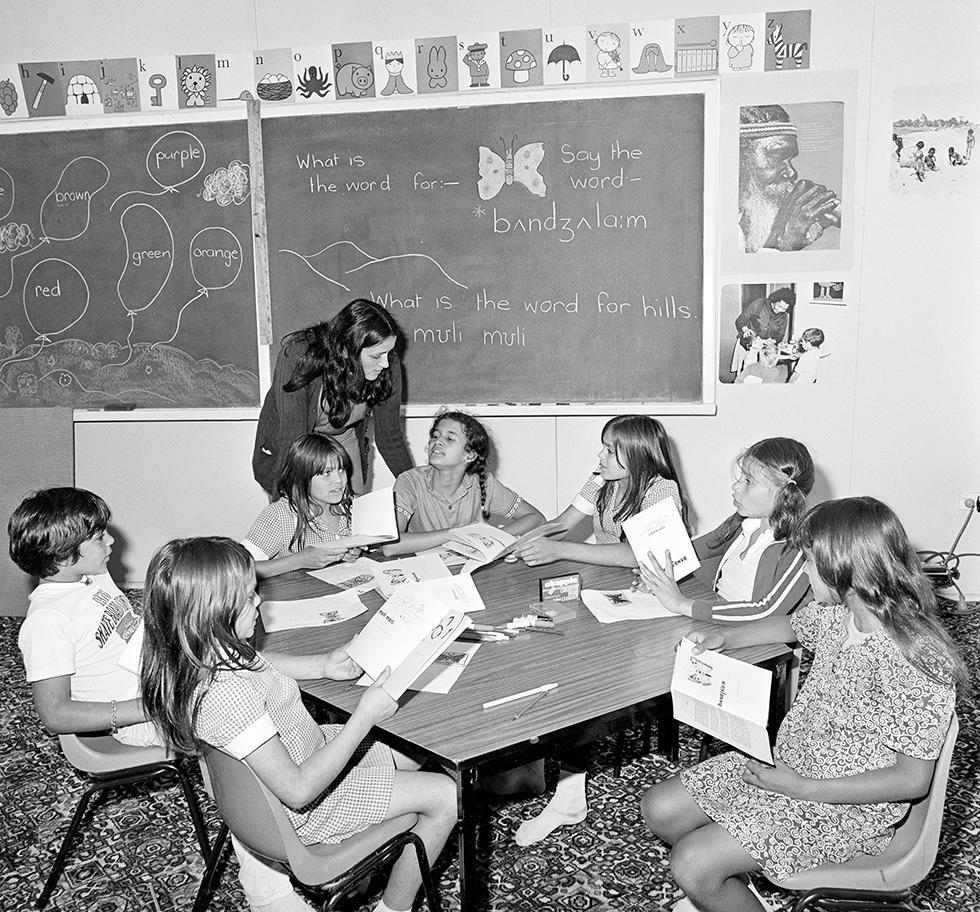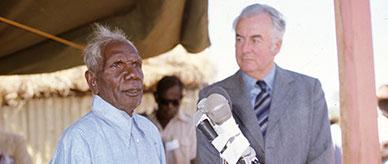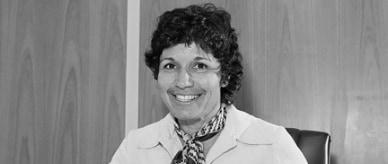


About this record
This photo shows First Australian children learning Bandjalang (Bundjalung), an Indigenous language. This photo illustrates the revival of First Australian languages.
Today, most First Australian languages that existed before colonisation are endangered (spoken only by small numbers of people) or have ceased to be actively spoken. In the 2016 Census, only 60,000 (10 percent) of First Australians recorded that they speak a First Australian language at home. This includes almost 14,000 speakers of ‘new’ languages, including creoles (such as the ‘Kriol’ language developed in the region of Sydney and Newcastle).
Until the 1960s, governments throughout Australia actively sought to suppress First Australian languages. Civil rights campaigns in the 1960s and 70s promoted greater rights and respect for First Australian languages and cultures, and a growing desire to preserve Indigenous languages. This led to the development of language centres nationally and bilingual and language programs have been delivered in some schools.
In 1964, the Australian Government established the Australian Institute of Aboriginal Studies (now known as the Australian Institute of Aboriginal and Torres Strait Islander Studies, or AIATSIS) to record and promote First Australian languages and cultures. The United Nations proclaimed 2019 as the Year of Indigenous Languages, encouraging the preservation, support and promotion of Indigenous languages world-wide.
Recordings of First Australians speaking languages like Bundjalung are now used for language revitalisation, as shown in this photo. The traditional lands of the Bundjalung (also ‘Bandjalang’ or ‘Banjalang’) people extend from the north coast of New South Wales to the south-east corner of Queensland.
The Bundjalung language group includes up to 20 dialects, which consistently employ four vowels – a, e, i, u – and ten consonants – b, d, dj, g, m, n, ng, ny, l, r, w and y.
Today there are fewer than 120 people who speak a Bundjalung dialect.
Related themes
Need help with your research?
Learn how to interpret primary sources, use our collection and more.


